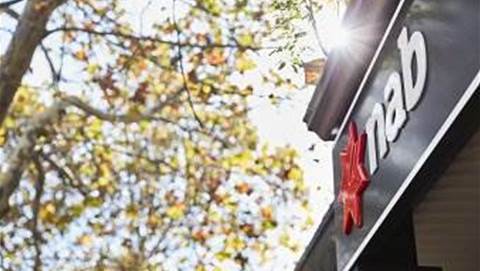dnata catering Australia has replatformed the application portfolio inherited from its 2018 purchase of Qantas’ catering businesses from AWS to Azure to fit in with corporate requirements from its parent company, Emirates Group.

The application migration was one of a number of IT-related packages of work that had to be completed within 12 months of the Qantas businesses being sold-off in late 2018.
Qantas sold its Q Catering and Snap Fresh businesses to dnata and agreed to take dnata’s catering services for an initial 10 years.
dnata catering Australia’s IT operations manager Vinod Nemade told iTnews that his team had a year to “transfer the networks, end user computing, all the applications, the user profiles and the human-facilitated IT components” across.
“We had to do a big IT transformation from one company to the other,” Nemade said.
“There were many, many pieces and each IT component had its own exit timeline. For example, end user computing had to be done in the first six months, and safety-related or precaution-related stuff had to be done in the first three months.”
The application portfolio migration was the final piece of IT work, running from July through October last year.
“We had around four months to transition all the important catering applications from Qantas to dnata,” Nemade said.
A major part of the application migration was that the company had to re-platform the application host from AWS to Azure.
It then had to re-integrate the new Azure-based environment with Qantas’ passenger and scheduling systems, and with dnata’s own ERP system.
While acknowledging that it would have been technically simpler to stand up an AWS instance of its own to run the former Qantas applications in, Nemade said this did not fit with the corporate IT policy driven by dnata’s parent, Emirates.
“dnata catering is actually part of Emirates Group, and the IT and corporate strategies are driven from Emirates Group,” Nemade said.
“Emirates Group has a corporate strategy to use Azure. They don't entertain AWS unless and until it is not possible to be done on Azure.
“The corporate decision [also told us] if we want to do it on AWS, at some point of time in future we have to move to Azure to align ourselves to corporate strategy.
“We looked into that, but considering the amount of effort required both the times would be high, and looking at the minimum costs, we made the call to go to Azure [straight away].”
The application portfolio was already .NET-based - so having it run on Azure wouldn’t cause major problems to the underlying code.
However, Nemade said that Qantas had optimised the apps to run in AWS, and these dependencies needed to be unwound.
“This was quite a big exercise,” he said.
“We had to do a lot of code changes in the background for the applications, because when these applications were in the Qantas AWS [instance], there were a lot of automations done to support the applications in future like autoscaling and autohealing.”
Nemade said that the corporate-approved Azure either didn’t presently support some of the automations, or it was considered there was too much additional work to re-enable the functionality using Azure terminology and standards.
“If we want to use things like autohealing, where if your system goes down another server spins up automatically in a couple of minutes … we need to script our applications to support those features,” Nemade said.
“We have not done it as part of migration, but when this feature is made available to our corporate network, then we will then look into [it again for] the very critical applications which can't go down for a long time and then we will try to script and use those features.”
Nemade said dnata was able to hire in some of the same contract resources that had set up the applications in AWS for Qantas to then help transition them to Azure.
“They already had a background on these applications and then an understanding of what could be changed,” he said. The application migration team at its height numbered about 20 staff.
The re-hosted applications handle things like real-time information and message flows between Qantas and dnata systems, enabling operations staff and meal preparation centres to meet airline schedules and to be kept abreast of live changes.
They also help manage file transfers and other information exchanges between dnata and its own suppliers.
The cutover was performed after hours, when Sydney Airport is under curfew and other airports that dnata serves have lower numbers of departures.
Integrations with other systems - of which there are roughly 30 - was done using SnapLogic, which offers hundreds of pre-built connectors to top platforms and software products.
Nemade said that the company had not see any major change in the cost profile of running the app stack in Azure compared to AWS.



.png&h=140&w=231&c=1&s=0)





.png&w=120&c=1&s=0) Tech in Gov 2025
Tech in Gov 2025
 Forrester's Technology & Innovation Summit APAC 2025
Forrester's Technology & Innovation Summit APAC 2025
.png&w=120&c=1&s=0) Security Exhibition & Conference 2025
Security Exhibition & Conference 2025
 Integrate Expo 2025
Integrate Expo 2025
 Digital As Usual Cybersecurity Roadshow: Brisbane edition
Digital As Usual Cybersecurity Roadshow: Brisbane edition











.jpg&h=140&w=231&c=1&s=0)



